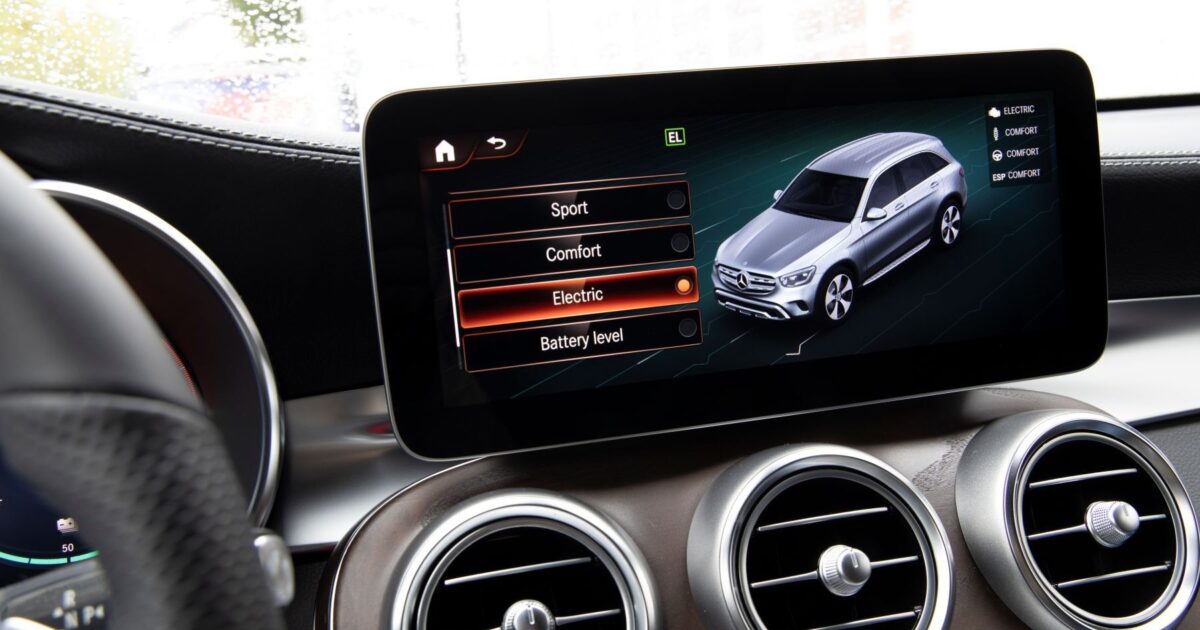The EU car industry wants plug-in hybrid vehicles to be considered carbon neutral, but data from thousands of vehicles shows that PHEVs emit just 19% less CO2 per km, on average, than petrol and diesel cars. Carmakers are pressuring EU lawmakers to treat hybrids as clean vehicles under a ‘technology neutral’ approach to decarbonising cars. But T&E analysis of emissions data from 127,000 PHEVs finds they emit far more than claimed and the extra fuel consumed costs the average driver €500 a year.
PHEVs are supposed to save on emissions and fuel by switching between a battery, which is recharged by being plugged in, and a petrol or diesel engine. But in the real world, CO2 emissions from plug-in hybrids are almost five times what official tests suggest. The real-world data differs hugely from the official ‘WLTP’ tests where vehicles are driven in a way that regulators consider to be normal.
In the real world, plug-in hybrids emit 135g of CO2 per km on average, according to T&E analysis of data gathered by the European Environment Agency (EEA) from fuel monitors on 127,000 vehicles registered in 2023. Petrol and diesel cars emit 166g of CO2/km on average.
Engines still running in electric mode
Even when driven in electric mode, PHEV engines consume 3 litres of petrol per 100km, on average, the EEA data shows. As a result, they emit 68g of CO2/km in electric mode – 8.5 times as much as official tests claim. This is because the electric motors in PHEVs generally have insufficient power for higher speeds or steep inclines and the engine needs to kick in. On average, the engine supplies power during almost one-third of the distance driven in electric mode, according to the data.
€500 extra a year
PHEVs cost drivers €500 more a year than claimed to fuel and charge because of the hidden fuel consumption in both electric and engine modes, the report also finds. Not only are plug-in hybrids expensive to drive, they are also more expensive to buy than clean alternatives. The average selling price of PHEVs in Germany, France and the UK in 2025 is €55,700, according to Bloomberg Intelligence. This is €15,200 higher than the average price of a battery electric car.
Lucien Mathieu, cars director at T&E, said: “Plug-in hybrids are one of the biggest cons in automotive history. They emit almost as much as petrol cars. Even in electric mode they pollute eight times as much as official tests claim. Technology neutrality cannot mean ignoring the reality that, even after a decade, PHEVs have never delivered.”
Long range PHEVs = more emissions
PHEV emissions are also increasing because of the trend towards longer electric ranges as bigger batteries make the vehicles heavier and, therefore, burn more fuel in engine mode. These heavier vehicles also consume more energy than smaller cars when driven on the battery. Plug-in hybrids with an electric range above 75 km actually emit more CO2 on average than those with a range between 45 and 75 km, the data shows.
Mercedes-Benz has the biggest gap between its official and real-world PHEV emissions, according to the 2023 data, emitting 494% more, on average. Its GLE-Class has the highest real-world emissions gap of cars sold that year, exceeding its official value by 611%. The other major European carmakers emitted around 300% more than their official CO2 ratings.
The European car industry wants to be allowed to sell PHEVs after the EU’s 2035 deadline for zero-emission cars. Carmakers are also demanding that the EU cancel the ‘utility factors’ it has set to correct the CO2 rating of plug-in hybrids. The utility factors set for 2025 and 2027 gradually correct the gap between official and real-world emissions, meaning carmakers’ EU CO2 targets get stricter, pushing manufacturers to sell more battery electric cars.
Lucien Mathieu said: “Weakening the rules for plug-in hybrids is like drilling a hole in the hull of Europe’s car CO₂ law. Instead of steering the market toward affordable zero-emission cars, carmakers will flood it with expensive, polluting PHEVs. That risks sinking the EV investment certainty the market desperately needs.”






